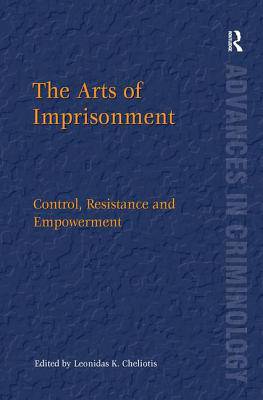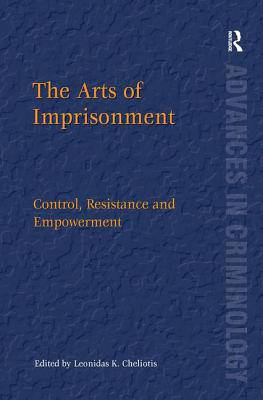
- Afhalen na 1 uur in een winkel met voorraad
- Gratis thuislevering in België vanaf € 30
- Ruim aanbod met 7 miljoen producten
- Afhalen na 1 uur in een winkel met voorraad
- Gratis thuislevering in België vanaf € 30
- Ruim aanbod met 7 miljoen producten
Zoeken
The Arts of Imprisonment
Control, Resistance and Empowerment
€ 290,45
+ 580 punten
Omschrijving
The arts - spanning the visual, design, performing, media, musical, and literary genres - constitute an alternative lens through which to understand state-sanctioned punishment and its place in public consciousness. Perhaps this is especially so in the case of imprisonment: its nature, its functions, and the ways in which these register in public perceptions and desires, have historically and to some extent inherently been intertwined with the arts. But the products of this intertwinement have by no means been constant or uniform. Indeed, just as exploring imprisonment and its public meanings through the lens of the arts may reveal hitherto obscured instances of social control within or outside prisons, so too it may uncover a rich and possibly inspirational archive of resistance to them. This edited collection sheds light both on state use of the arts for the purposes of controlling prisoners and the broader public, and the use made of the arts by prisoners and portions of the broader public as tools of resistance to penal states. The book also includes a number of chapters that address arts-in-prisons programmes, making distinctive contributions to the literature on their philosophy, formation, operation, effectiveness, and research evaluation, as well as taking care to explore the politics surrounding and underpinning these multiple themes.
Specificaties
Betrokkenen
- Uitgeverij:
Inhoud
- Aantal bladzijden:
- 338
- Taal:
- Engels
- Reeks:
Eigenschappen
- Productcode (EAN):
- 9780754675860
- Verschijningsdatum:
- 28/06/2012
- Uitvoering:
- Hardcover
- Formaat:
- Genaaid
- Afmetingen:
- 156 mm x 234 mm
- Gewicht:
- 653 g

Alleen bij Standaard Boekhandel
+ 580 punten op je klantenkaart van Standaard Boekhandel
Beoordelingen
We publiceren alleen reviews die voldoen aan de voorwaarden voor reviews. Bekijk onze voorwaarden voor reviews.










